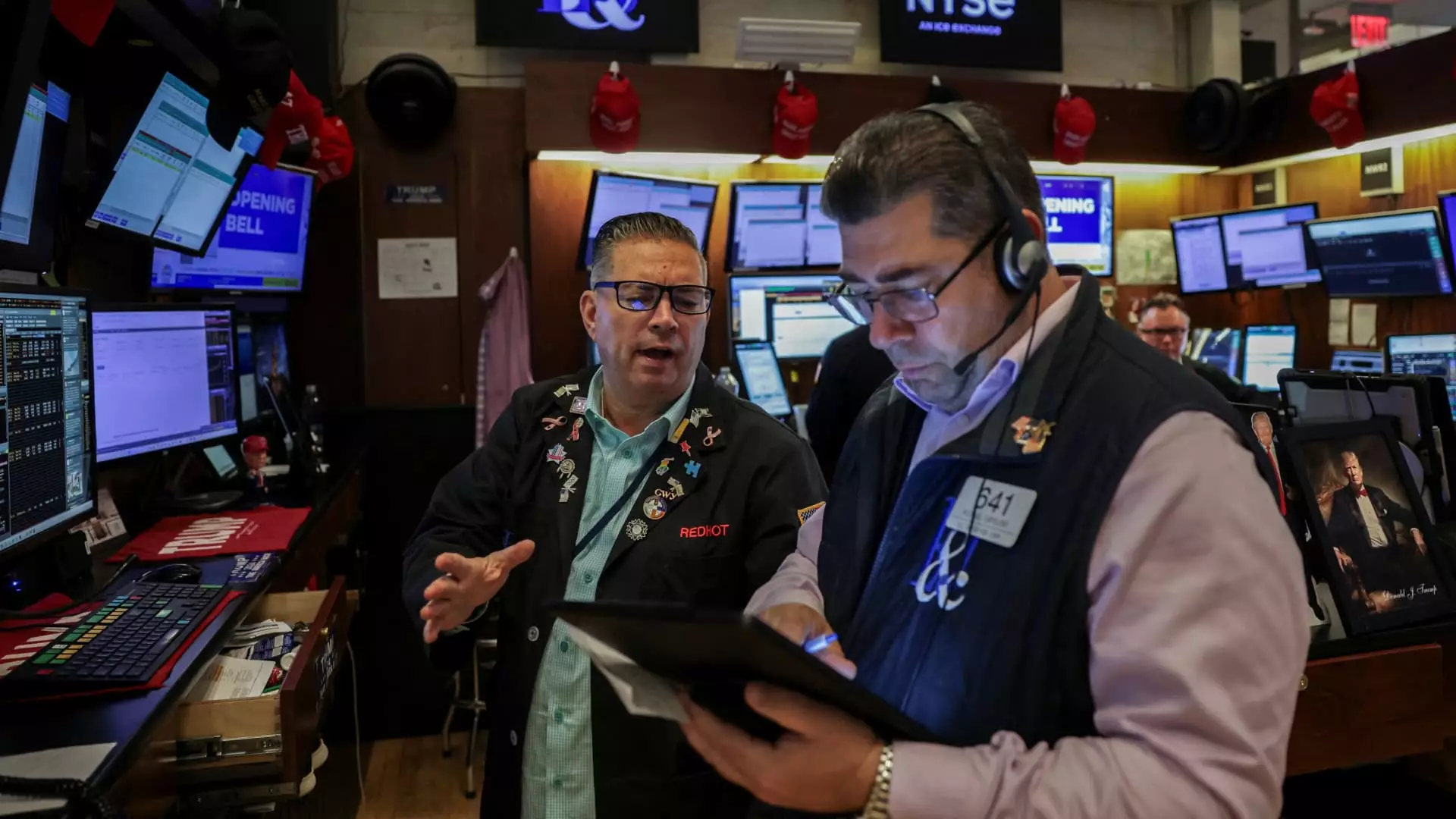In an era where streaming companies once promised unbounded growth, Netflix’s latest warning exposes the overstretched optimism that has long fueled the sector. The company’s admission that its operating margins will decline in the second half of 2025 due to rising content costs sends a clear message: the era of endless subscriber growth is waning. This diminished outlook underscores a fundamental flaw in the tech-driven market narrative—that scale alone guarantees profitability. Investors relying solely on revenue beats may overlook the sobering reality that massive content investments threaten to erode margins, revealing a sector now caught in a precarious balancing act. Such guidance from a sector leader should trigger skepticism about the sustainability of high-growth dependent stocks and forces a reconsideration of tech valuations that often disregard underlying cost structures.
Commodity Trade Winds Shift: Europe’s Strategic Positioning and American Energy Domination
Meanwhile, the recent victory of Chevron over Exxon Mobil in the high-stakes South American offshore assets battle in Guyana offers a stark reminder of the importance of strategic dominance. Chevron’s triumphant move not only clears the path for its $53 billion acquisition of Hess but also signals a geopolitical shift in energy influence. The market’s reaction—Chevron’s shares rising sharply—illustrates how aligning with resource-rich, geopolitically stable regions secures long-term advantage. In contrast, the Biden administration’s inconsistent energy policies and regulatory hurdles often hinder American energy firms’ ability to expand and compete globally. As the world pivots towards energy security, a sensible center-right approach advocating for balanced resource development and strategic acquisitions appears crucial to maintaining national economic strength while safeguarding investors’ interests.
The Biotech Shadow: When Innovation Turns Fatal
The steep 24% plunge in Sarepta Therapeutics places a dark spotlight on the risky frontier of biotech innovation. While breakthroughs often promise exceptional returns, the tragic death of a patient in its Phase 1 trial highlights the peril of pushing untested treatments amidst the relentless pursuit of market dominance. This incident exposes the dangerous overconfidence sometimes inherent in biotech advancements—where hope can overshadow safety. For pragmatic investors with a centrist, market-oriented view, this serves as a cautionary tale: innovation must be balanced with rigorous safety practices. Rushing promising treatments to market without thorough vetting can backfire, damaging not only company credibility but also investor faith in a sector that already faces regulatory headwinds and public skepticism.
Railroads’ Strategic Calm: Quiet Moves Amid Market Noise
Union Pacific and Norfolk Southern’s modest gains come amid rumors of a potential consolidation—an example of strategic patience in a sector often driven by short-term narratives. This cautious approach to deal-making reflects a center-right pragmatism advocating for consolidation that boosts efficiency rather than speculative expansions. As the freight industry adapts to shifting trade patterns and regulatory pressures, measured, strategic mergers could enhance competitiveness without the overreach that blunted some past attempts. Investors should interpret such signals as evidence that stability and incremental growth are preferable to reckless gamble—especially in a market impatient with disruptive maneuvers that could backfire in an uncertain economic climate.
Manufacturing and Services: Indicators of Steady Resilience
The rally in 3M and Charles Schwab underscores the resilience of traditional industries like manufacturing and financial services amidst a volatile market landscape. 3M’s earnings beat and raised guidance suggest that core industrial segments maintain their robustness, supporting the narrative that a properly managed manufacturing sector can weather economic headwinds. Similarly, Charles Schwab’s outperforming results and increased account openings demonstrate an investor confidence in stable, regulated financial entities. These firms exemplify the importance of value investing, emphasizing quality, balance sheets, and manageable growth over the high-risk hype prevalent in some sectors. In a market prone to swings, such steady performers serve as anchors for conservative portfolios seeking predictable returns.
The Cryptocurrency Surge: Legislation as a Double-Edged Sword
The sharp rise in crypto stocks following legislative developments highlights the deep connection between regulatory clarity and market confidence. This rally, driven by Congress’s passage of significant crypto legislation, reveals how government action can serve as a catalyst for innovation and growth—yet it also exposes the underlying volatility inherent in digital assets. While some applaud increased legitimacy, skeptics warn that rushed regulatory frameworks risk stifling innovation or entrenching monopolistic dominance by certain players. A centrist, market-respecting perspective recognizes that balanced regulation—neither overly restrictive nor lax—is essential to safeguard investors and promote sustainable development in this nascent industry. The recent surge is a reminder that clear rules, combined with prudent oversight, are pivotal for the long-term health of digital markets.
Banking Sector: Cautious Optimism Amid Regulatory Uncertainty
Huntington Bancshares’s modest beat and Western Alliance’s strategic realignment reflect the cautious optimism that characterizes the banking landscape. With interest margins under pressure, regional banks focus on prudent growth and operational efficiency. The decision by Western Alliance to unify its divisions signals a shift towards streamlined, resilient operations—aligning with the center-right view that stability hinges on disciplined management rather than reckless expansion. As banking faces regulatory challenges and an uncertain macroeconomic environment, banks that prioritize prudent risk management and structural efficiency will be best positioned to sustain profitability and build investor confidence in this volatile sector.
Given the interconnectedness of these market signals, one overarching theme emerges: a cautious yet strategic approach rooted in stability, safety, and measured growth offers a credible path through turbulent economic waters. The bold moves and cautionary tales alike reinforce the need for responsible investing—where understanding risks, valuing stability, and embracing pragmatic policies are paramount. Investors with a center-right liberal outlook should favor assets that promote long-term resilience and responsible growth over fleeting booms and speculative excesses.

